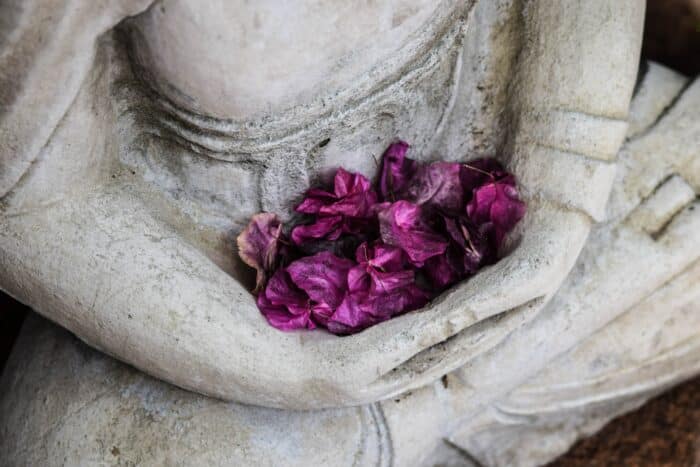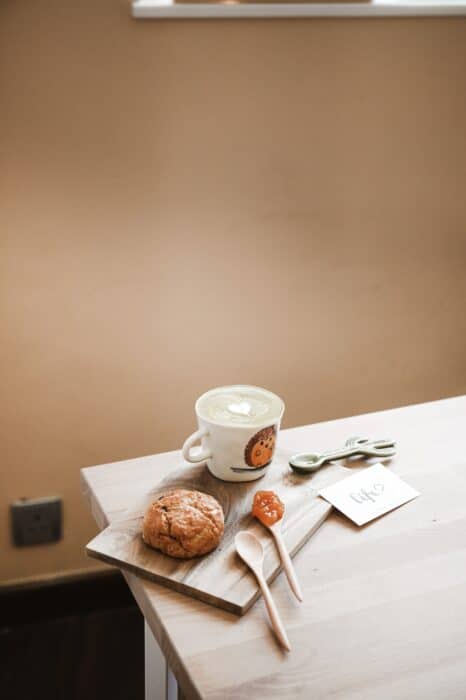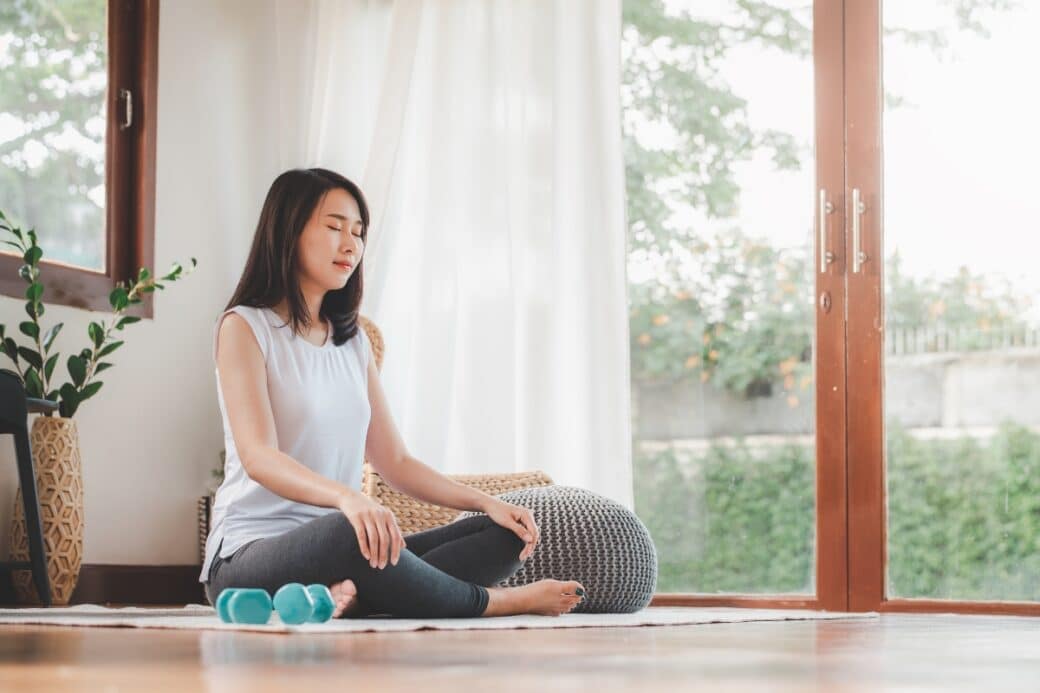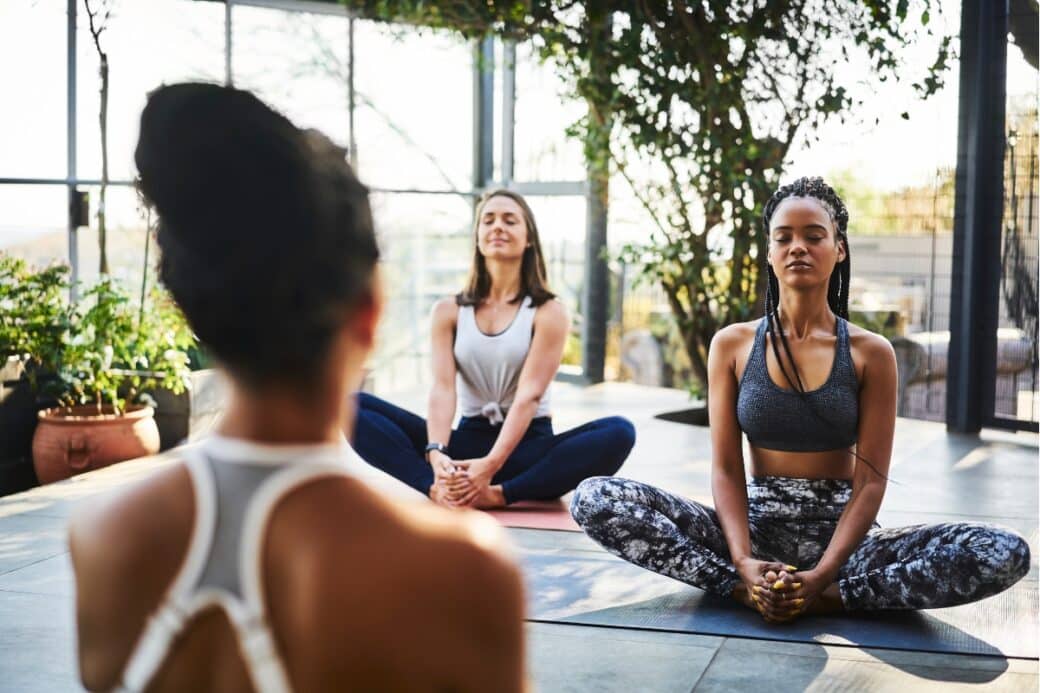If you’re someone who struggles with anxiety, you may have already heard about the potential benefits of meditation. But figuring out where to start can be overwhelming. That’s why we’ve put together this article on how to meditate for anxiety and calm your mind. In this guide, you’ll find practical tips and techniques to help you establish a meditation practice that can bring relief to your anxious mind. So, take a deep breath and let’s explore the world of meditation together.

Understanding Anxiety
Anxiety is a common human experience that many people face at some point in their lives. It is a feeling of fear, worry, or unease about a future event or uncertain outcome. Anxiety can range from mild to severe and can have a significant impact on a person’s daily life. It is important to understand anxiety in order to effectively manage and overcome it.
What is Anxiety
Anxiety is a natural response to stress and can serve as a protective mechanism. It prepares our bodies for potential danger, activating the fight-or-flight response. However, when anxiety becomes excessive or overwhelming, it can interfere with our ability to function and lead a fulfilling life.
Common symptoms of Anxiety
Anxiety can manifest both physically and emotionally. Some common physical symptoms of anxiety include increased heart rate, rapid breathing, sweating, trembling, and an upset stomach. On an emotional level, anxiety can cause feelings of restlessness, irritability, difficulty concentrating, and a constant sense of impending doom.
The Causes of Anxiety
Anxiety can be caused by a variety of factors, including genetic predispositions, brain chemistry imbalances, traumatic life events, and ongoing stress. It is important to note that everyone’s experience with anxiety is unique, and the causes may vary from person to person. Understanding the root causes of anxiety can aid in finding effective coping mechanisms and treatment options.
The Role of Meditation in Managing Anxiety
Meditation has been practiced for centuries and has been found to have numerous benefits for mental health. When it comes to managing anxiety, meditation can be a powerful tool.
How Meditation Helps
Meditation helps calm the mind by allowing individuals to focus their attention and bring awareness to the present moment. By directing attention away from anxious thoughts and towards the sensations of the body or the breath, meditation can help break the cycle of anxiety and promote a sense of calm and relaxation.
The Science behind Meditation and Anxiety
Research has shown that regular meditation can have a positive impact on anxiety. It has been found to reduce activity in the amygdala, the part of the brain responsible for the fear response. Meditation also activates the prefrontal cortex, which is involved in decision-making and emotional regulation. These changes in brain activity contribute to a decrease in anxiety symptoms.
Benefits of Meditation for Anxiety
In addition to reducing anxiety symptoms, meditation offers a wide range of other benefits. It can improve sleep quality, enhance focus and concentration, increase self-awareness, promote emotional resilience, and improve overall well-being. By incorporating meditation into your daily routine, you can experience these benefits and develop a greater sense of inner peace.

Getting Started with Meditation
If you are new to meditation, getting started may feel overwhelming. However, with a few simple steps, you can create a comfortable space for meditation and begin reaping its benefits.
Creating a Comfortable Space for Meditation
Find a quiet and clutter-free space in your home where you can meditate without distractions. Consider using soft lighting, comfortable cushions or a meditation chair, and pleasant scents to create a soothing atmosphere. It is important to make this space a sanctuary where you can relax and focus.
Setting aside time for Meditation
Schedule regular meditation sessions in your daily routine. Start with just a few minutes a day and gradually increase the duration as you become more comfortable. Setting aside specific times for meditation will help make it a habit and facilitate a consistent practice.
Deciding on the Type of Meditation
There are various forms of meditation, each with its own approach and benefits. Explore different types such as mindfulness meditation, guided meditation, and breathing techniques to find the one that resonates with you the most. Experimenting with different styles will help you find what works best for managing your anxiety.
Guided Meditations for Anxiety
Guided meditation is a popular form of meditation that helps individuals navigate their practice with the guidance of an instructor. It can be particularly beneficial for those struggling with anxiety.
What is Guided Meditation
Guided meditation is a practice that involves listening to a recorded or live instruction that leads you through the meditation process. The instructor provides prompts and visualizations to help you relax, focus, and maintain awareness. This type of meditation is especially helpful for beginners and individuals who find it challenging to meditate on their own.
Finding the Right Guided Meditation
With the abundance of guided meditation resources available, it can be overwhelming to find the right one for anxiety relief. Look for guided meditations specifically designed for anxiety or stress reduction. You can find these resources online, through meditation apps, or by attending guided meditation classes.
Practicing Guided Meditation
To practice guided meditation, find a quiet and comfortable space where you won’t be interrupted. Choose a guided meditation recording or session that resonates with you and follow the instructions given. Allow yourself to fully immerse in the experience and let go of any expectations or judgments. With regular practice, guided meditation can become a powerful tool for managing anxiety.

Mindfulness Meditation Techniques
Mindfulness meditation is a widely practiced form of meditation that involves bringing intentional attention to the present moment.
What is Mindfulness Meditation
Mindfulness meditation involves focusing on the present moment without judgment. It cultivates an awareness of bodily sensations, thoughts, and emotions as they arise, allowing them to be observed without getting caught up in them. This practice encourages acceptance and non-reactivity, leading to a greater sense of calm and clarity.
Basic steps of Mindfulness Meditation
To practice mindfulness meditation, find a comfortable position and bring your attention to your breath. Observe the physical sensations of each breath as you inhale and exhale. When your mind inevitably wanders, gently bring your attention back to the breath. Practice this non-judgmental awareness for several minutes, gradually increasing the duration over time.
Integrating Mindfulness in everyday activities
Mindfulness can extend beyond seated meditation practice and be incorporated into daily activities. You can bring mindful awareness to routine tasks such as eating, walking, or even brushing your teeth. By paying attention to the present moment and fully engaging your senses, you can cultivate a sense of calm and focus throughout your day.
Breathing Techniques for Anxiety Relief
Breathing techniques are simple yet powerful tools for managing anxiety. By consciously regulating your breath, you can activate the body’s relaxation response and reduce anxiety symptoms.
The Importance of Breathing
When we are anxious, our breathing tends to become shallow and rapid. This can further exacerbate feelings of anxiety. By deliberately focusing on our breath and engaging in deep, intentional breathing, we can activate the body’s natural relaxation response and calm our nervous system.
Deep Breathing Exercises
Deep breathing exercises are easy to practice and can be done anytime, anywhere. Sit in a comfortable position and close your eyes. Take a slow, deep breath in through your nose, allowing your belly to expand. Hold your breath for a few seconds, and then exhale slowly through your mouth. Repeat this cycle several times, focusing on the sensations of each breath.
Box Breathing Technique
The box breathing technique is another effective breathing exercise for anxiety relief. Visualize a square or a box in your mind. Inhale slowly for a count of four as you trace the first side of the square. Hold your breath for a count of four as you trace the second side. Exhale slowly for a count of four as you trace the third side. Finally, hold your breath again for a count of four as you trace the fourth side. Repeat this cycle several times, feeling the calming effects of this rhythmic breath pattern.

Body Scan Meditation
Body scan meditation is a practice that involves bringing awareness to different parts of the body, helping to release tension, and promote relaxation.
Introduction to Body Scan Meditation
In body scan meditation, you systematically scan your body from head to toe, directing your attention to each body part and observing any sensations, without judgment. This practice helps increase body awareness and promotes relaxation by releasing physical tension.
How to do Body Scan Meditation
To practice body scan meditation, find a comfortable position either sitting or lying down. Close your eyes and begin by bringing your attention to the top of your head. Slowly and intentionally move your attention down through each body part, from your scalp to your toes. Notice any sensations, such as warmth, tension, or tingling, without trying to change them. Continue this process for as long as you wish, paying close attention to each part of your body.
The benefits of Body Scan Meditation
Body scan meditation is a powerful tool for deepening mind-body connection, reducing muscle tension, and promoting relaxation. Regular practice can help identify and release areas of physical tension that may be contributing to feelings of anxiety. By bringing attention to the body, body scan meditation can help ground and anchor us in the present moment.
Overcoming Challenges in Meditation
While meditation can be beneficial for managing anxiety, it is not always easy. There may be challenges that arise during meditation, and it is important to approach these with patience and self-compassion.
Dealing with distractions
When you meditate, distractions are inevitable. Thoughts, sounds, and physical sensations may pull your attention away from your focus. Instead of becoming frustrated, acknowledge these distractions without judgment and gently guide your attention back to your meditation object, whether it be your breath, body sensations, or a guided meditation.
Coping with feelings of restlessness
Restlessness is another common challenge in meditation, especially for those with anxiety. It can manifest as a constant need to move, fidget, or an overwhelming sense of unease. Rather than resisting or trying to suppress these feelings, invite them into your meditation practice. Observe the restlessness with curiosity and kindness, knowing that it is a temporary experience that will pass.
Handling emotional discomfort during Meditation
Meditation can sometimes bring up difficult emotions, including anxiety. It is important to approach these emotions with self-compassion and allow them to arise without judgment. Instead of pushing them away, try to observe the emotions as temporary experiences. If the emotions become overwhelming, consider seeking support from a mental health professional or a meditation teacher who can provide guidance and assistance.
Maintaining a Consistent Meditation Routine
Consistency is key when it comes to reaping the benefits of meditation. Establishing a regular meditation routine can help you make meditation a habit and experience its long-term effects.
The importance of consistency
Just as with any skill or practice, regular repetition is crucial for progress and growth. Consistent meditation allows you to deepen your practice, observe patterns and changes over time, and strengthen your mind’s ability to focus and remain calm. Without consistency, the benefits of meditation may be limited.
Tips for maintaining a consistent routine
To maintain a consistent meditation routine, set realistic goals and create accountability. Start with short sessions and gradually increase the duration as you become more comfortable. Consider using meditation apps or joining meditation groups to stay motivated and inspired. Making meditation a priority and part of your daily routine will help ensure that it becomes a consistent and beneficial practice.
Overcoming obstacles to regular meditation
Life can often get in the way of maintaining a consistent meditation routine. However, it’s important to remember that even a few minutes of meditation can be beneficial. If you find it challenging to make time for meditation, prioritize it by finding small pockets of time throughout the day. Remember that consistency is more important than duration, and every moment spent in meditation contributes to your overall well-being.
Complementary Practices to Meditation
In addition to meditation, there are other practices that can complement and support anxiety relief.
Yoga for Anxiety relief
Yoga is an ancient practice that combines physical postures, breath control, and meditation. It has been found to have a positive impact on anxiety by promoting relaxation, stress reduction, and body awareness. Consider incorporating yoga into your routine to enhance the benefits of meditation and support overall well-being.
Maintaining a healthy diet
A healthy diet plays a significant role in managing anxiety. Eating a balanced diet that includes nutrient-rich foods can support brain health and contribute to stable moods. Limiting the consumption of caffeine and sugar can also help reduce anxiety symptoms. Be mindful of the foods you choose and how they affect your energy levels and overall well-being.
Physical exercise and Anxiety relief
Physical exercise is a powerful tool for anxiety relief. Engaging in regular physical activity releases endorphins, which are natural mood boosters. Exercise also helps reduce muscle tension, improves sleep quality, and increases overall energy levels. Find an activity that you enjoy, whether it’s walking, running, swimming, or dancing, and make exercise a part of your anxiety management routine.
In conclusion, meditation is a valuable practice for managing anxiety and promoting overall well-being. By understanding the nature of anxiety, exploring different meditation techniques, and incorporating complementary practices into your daily life, you can find relief from anxiety and cultivate a greater sense of peace and calm. So why not start your meditation journey today and take a step towards calming your mind?




